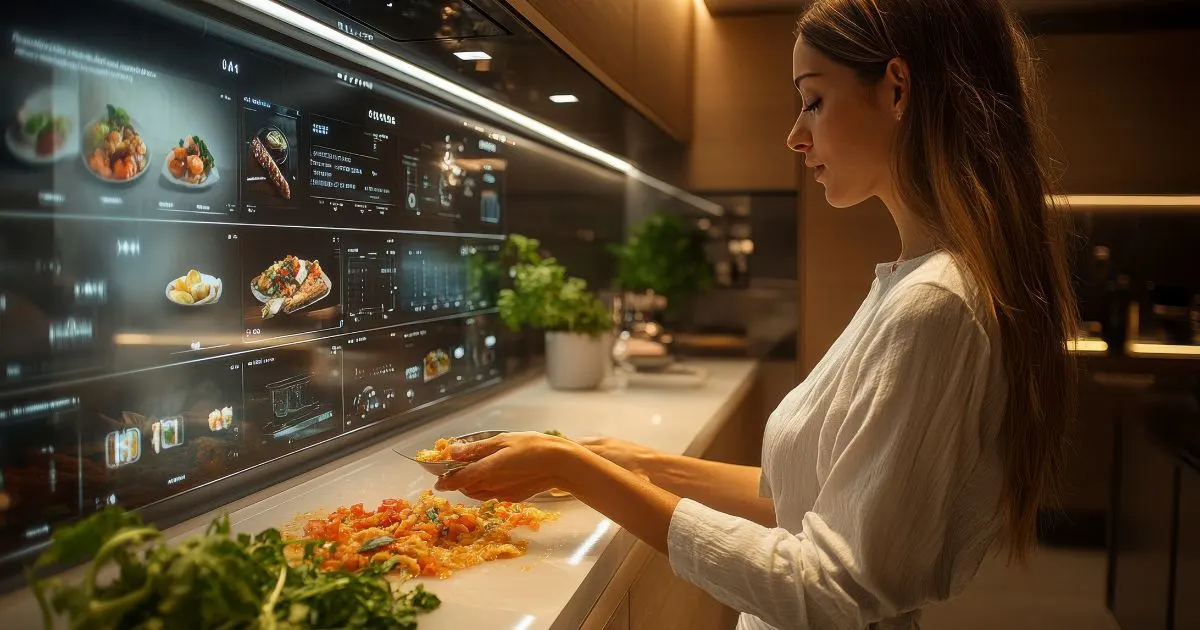Every year, restaurants around the world throw away tons of food, often because demand didn’t match the menu. From overstocked ingredients to unpopular dishes, food waste costs the industry billions while damaging the planet.
But here’s the good news: Artificial Intelligence (AI) is giving restaurants the ability to forecast what customers will actually order, when they’ll order it, and in what quantities. With predictive analytics, F&B businesses can reduce waste, optimize menus, and deliver precisely what diners want.
In this blog, we’ll explore how restaurants are using AI to predict menu hits, portion correctly, and plan seasonal menus, creating a win-win for profitability and sustainability.
The Food Waste Problem in Restaurants
-
Roughly 17% of all food produced globally goes to waste (UNEP, 2021).
-
Restaurants and hospitality contribute heavily, with 4–10% of purchased food never reaching the customer’s plate.
-
The leading causes: inaccurate demand forecasting, poor portion planning, and menu misalignment with consumer preferences.
Traditional methods of demand forecasting, relying on past sales, gut instinct, or seasonal assumptions, often fail to capture rapidly changing consumer behaviors.
That’s where AI steps in.
How AI Predicts Menu Hits
1. Analyzing Past Sales & Customer Preferences
AI systems analyze years of historical sales data, combined with:
-
Customer demographics
-
Seasonal demand patterns
-
Popularity of dishes across locations
This allows restaurants to forecast which menu items will succeed and which should be replaced.
2. Tracking Social Media & Food Trends
AI-powered trend forecasting tools scan Instagram, TikTok, and food blogs to identify rising dish styles, flavors, and ingredients. For example: if plant-based protein spikes in online mentions, restaurants can adapt menus before demand peaks.
3. Dynamic Menu Adjustments
AI-powered POS (Point of Sale) systems can recommend real-time menu changes such as highlighting popular dishes or removing underperforming ones.
Case Example: A QSR (Quick Service Restaurant) chain used AI-driven menu forecasting to identify unpopular items. Removing them cut ingredient waste by 12% in three months.
Portioning with AI: Serving the Right Amount
Over-portioning is one of the biggest drivers of food waste. AI helps in:
-
Smart Kitchen Scales & IoT Devices: Connected systems learn consumption patterns and suggest portion adjustments.
-
Dynamic Portioning Models: AI predicts customer demand by meal type and time of day, helping staff serve optimal quantities.
-
Recipe Adjustments: AI tools adjust ingredient proportions in recipes when customer patterns show plate waste trends.
This not only reduces waste but also ensures consistent quality across dishes.
Seasonal Menu Optimization with AI
1. Forecasting Seasonal Demand
AI analyzes weather data, holiday patterns, and local events to predict what customers will crave. For instance:
-
More cold beverages during unexpected heatwaves
-
Comfort foods during colder months
-
Healthier meals in January (post-holiday health trends)
2. Supplier Forecasting & Procurement
AI integrates with supplier systems to predict ingredient demand and automate purchasing. This minimizes overstocking and spoilage.
3. Sustainable Menu Engineering
AI enables chefs to create seasonal menus with locally sourced ingredients, reducing transport costs and carbon emissions while appealing to eco-conscious diners.
Case Example: A UK-based restaurant chain used AI demand forecasting to adjust seasonal menus and reduced ingredient waste by 30% annually.
The Business & Sustainability Impact
AI-powered predictive analytics deliver benefits on both fronts:
Business Gains
-
Reduced food purchasing costs
-
Higher menu profitability by focusing on top sellers
-
Improved customer satisfaction with trending dishes
Sustainability Gains
-
Less food sent to landfill = reduced methane emissions
-
Lower carbon footprint from transport & storage
-
Stronger alignment with sustainability certifications & ESG reporting
Challenges Restaurants Face in Adopting AI
-
Cost of Implementation: Smaller restaurants may find AI software expensive.
-
Data Availability: Without strong POS and inventory data, AI models are less effective.
-
Change Management: Chefs and staff need training to adapt to AI-driven menu planning.
Despite these challenges, cloud-based AI tools are becoming more affordable, opening doors for restaurants of all sizes.
Conclusion
Food waste is one of the restaurant industry’s biggest challenges but it’s also an opportunity. With AI, restaurants can accurately predict menu hits, portion smarter, and design seasonal menus that customers love.
The result? Less waste, more profit, and happier diners.
As sustainability becomes a defining factor in consumer dining choices, restaurants that embrace AI today will be tomorrow’s leaders.
AI isn’t just making menus smarter it’s making the restaurant industry greener.






